 |
 |
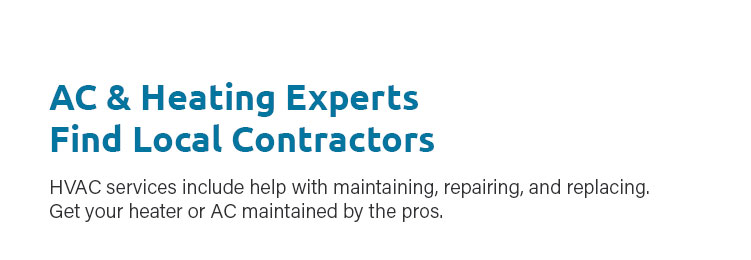 |
 |
 |
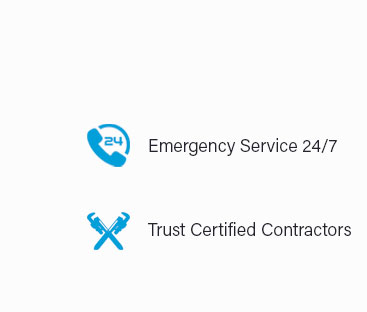 |
 |
 |
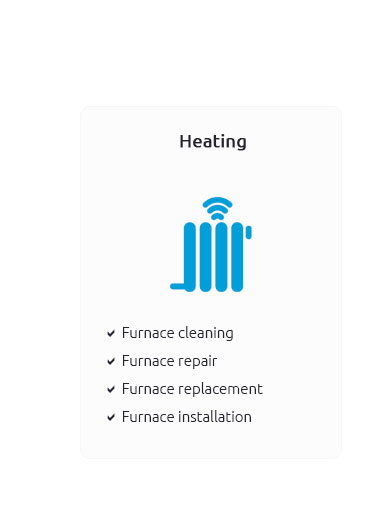 |
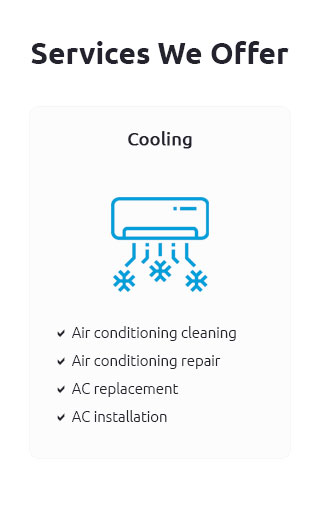 |
 |
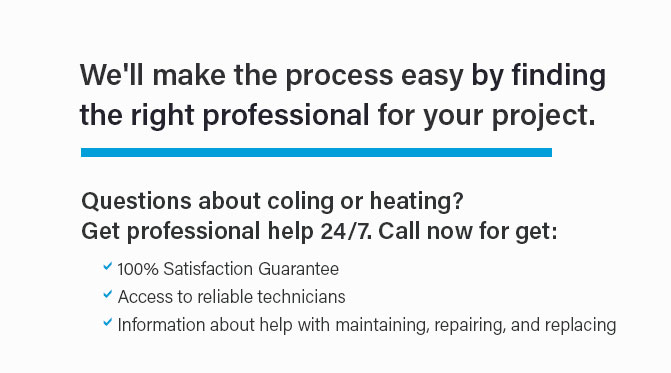 |
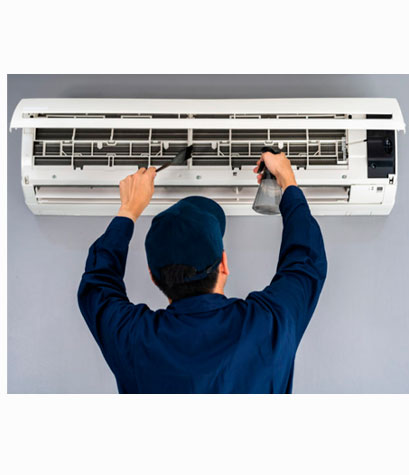 |
 |
 |
 |
|
Welcome to the pinnacle of comfort and efficiency-your ultimate destination for top-tier HVAC services, where AC and heating experts redefine excellence and local contractors stand ready to serve with unmatched expertise in furnace repairs; from the chill of winter to the heat of summer, our seasoned professionals ensure your home remains a haven of warmth and cool tranquility, bringing you peace of mind and unparalleled reliability-because you deserve nothing but the best in climate control solutions.
https://www.yelp.com/search?find_desc=Furnace+Service&find_loc=Cincinnati%2C+OH
Top 10 Best Furnace Service in Cincinnati, OH - February 2025 - Yelp - Quality Comfort Home Services HVAC, Plumbing, Duct Cleaning, Apollo Home, ... https://www.myqualitycomfort.com/solution/furnaces/furnace-repair/
Call Quality Comfort Home Services. Only a $68 service call Monday-Friday (FREE if you're a Total Care Club Member) and emergency weekend service available. https://www.herrmannservices.com/cincinnati-furnace-repair/
Keep your furnace running smoothly with Herrmann Services. Expert repairs, tune-ups, and maintenance for Cincinnati homeowners. Call us today!
|